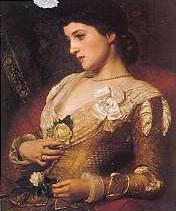|
|
|
|
|
|
Finding
A Florist.
|
||
|
|
Probably the best
way is by |
|
 |
Make an appointment and visit them in person, take with you a picture of your dress, the bridesmaids dresses and a swatch of the material, if you haven't as yet made a decision on the dress perhaps you should postpone the florist until you do. Always ask to see photos of other wedding-flower arrangements the florist has done. | |
|
If you intend to wear flowers in your hair, you should visit you hairdresser first to decide on how you will wear your hair on the day. You will have to decide
on the extent of the floral arrangement's. Do you want the florist to
decorate the church and the reception venue, as well as supplying bouquets
for the bride and bridesmaid's and buttonholes for the men. Before you
meet the florist give this some thought and make a provisional list of
what you would like, so when you get an itemized quotation you
can then decide exactly what you want. |
||
 |
If you are having your florist decorate the reception venue, find out if they are familiar with the suite where you reception is to take place, if they are not it might be wise to meet them there to decide on the extent, style and colour scheme of your floral arrangement's. This is naturally an ideal opportunity to liaise with the venue manager as to the arrangements on the day. Decide on such things as the colour your table cloth will be before making a decision on a centerpiece. |
|
|
|
||
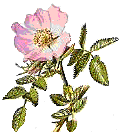 |
If you intend to have
very young flower girls , it may Your bridesmaid's bouquets will be chosen to complement yours but will naturally be less ornate and perhaps less colourful than yours. Don't forget to take a sample of the bridesmaids dresses to the florist. If you intend to wear a tiara it is nice if the bridesmaids have flowers in their hair. |
|
|
|
||
 |
If you plan a wedding with a theme or are aiming at a certain period in time. Your choice of flowers will be influenced to some extent by these factors. You will need to reflect the theme throughout from your and your bridesmaids dresses to the church decorations as well as the table decorations at the reception. The time of year will have a bearing on the choices available, although almost all flowers are to be had at any time of the year, at a cost, if you are budget conscious stick to flowers that are in season at home. In the autumn and winter when berries are available, they can be used to great effect in bouquet's, particularly so if you plan a country style wedding. |
|
|
|
||
 |
|
|
|
|
||
 |
As we have already
said you will need to coordinate the colours of your flowers with your
dress and those of your bridesmaids. Take a picture of the dress and a
swatch of the fabric with you to the florist's. |
|
|
White the traditional bridal colour
as it contains all the colours of the spectrum and therefore all their
qualities. The famous portrait of Lilly Langtry was painted by Sir Edward Pointer in 1877, the year in which she became the Prince of Wale's mistress. She is holding a yellow rose meaning adultery to her heart, while the white rose of purity symbolizing her discarded marriage is held away. |
|
 |
|
|
|
Buttonholes which are single flowers usually a rose or carnation, and are worn in the top button hole of the jacket. All male members of the bridal party wear them (the groom, best man, father of the bride and sometimes father of the groom and the ushers.) Corsages are larger than buttonholes and usually consist of an arrangement of more than one flower. The female members of the wedding party wear them pinned to their jacket. |
|
What Different Flowers Represent.
|
|||||||||||||||||||||||||||||||||||||||||||||||||||||||||||||||
|
|||||||||||||||||||||||||||||||||||||||||||||||||||||||||||||||

|
|
||||||||||||||||||||||||||||||||||||||||||||||||||||||||||||||
Find wedding service providers on eads4u.com |
|
|

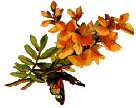


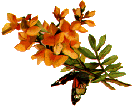
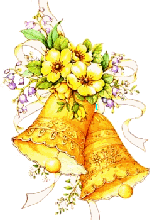 recommendation from
a friend who has recently been married, you could ask at your reception
venue they will have first hand experience of many florists and will be
able to recommend several to you. Or you could go to our
recommendation from
a friend who has recently been married, you could ask at your reception
venue they will have first hand experience of many florists and will be
able to recommend several to you. Or you could go to our  be
wise to arrange their bouquets in little baskets, these are much easier
for them to manage, as the day wears on and they become weary you may
find that they may become reluctant to carry a conventional bouquet.
be
wise to arrange their bouquets in little baskets, these are much easier
for them to manage, as the day wears on and they become weary you may
find that they may become reluctant to carry a conventional bouquet.
